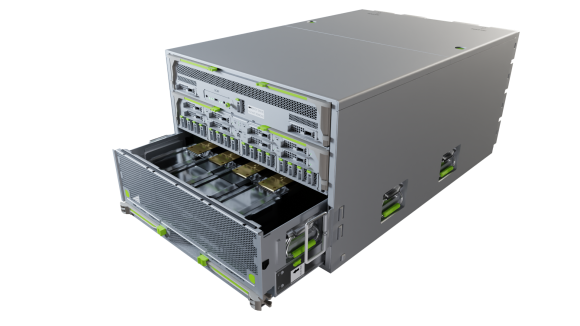Abstract
Popular SSD-based key-value stores consume a large amount of DRAM in order to provide high-performance database operations. However, DRAM can be expensive for data center providers, especially given recent global supply shortages that have resulted in increasing DRAM costs. In this work, we design a key-value store, MyNVM, which leverages an NVM block device to reduce DRAM usage, and to reduce the total cost of ownership, while providing comparable latency and queries-per-second (QPS) as MyRocks on a server with a much larger amount of DRAM. Replacing DRAM with NVM introduces several challenges. In particular, NVM has limited read bandwidth, and it wears out quickly under a high write bandwidth.
We design novel solutions to these challenges, including using small block sizes with a partitioned index, aligning blocks post-compression to reduce read bandwidth, utilizing dictionary compression, implementing an admission control policy for which objects get cached in NVM to control its durability, as well as replacing interrupts with a hybrid polling mechanism. We implemented MyNVM and measured its performance in Facebook’s production environment. Our implementation reduces the size of the DRAM cache from 96 GB to 16 GB, and incurs a negligible impact on latency and queries-per-second compared to MyRocks. Finally, to the best of our knowledge, this is the first study on the usage of NVM devices in a commercial data center environment.












